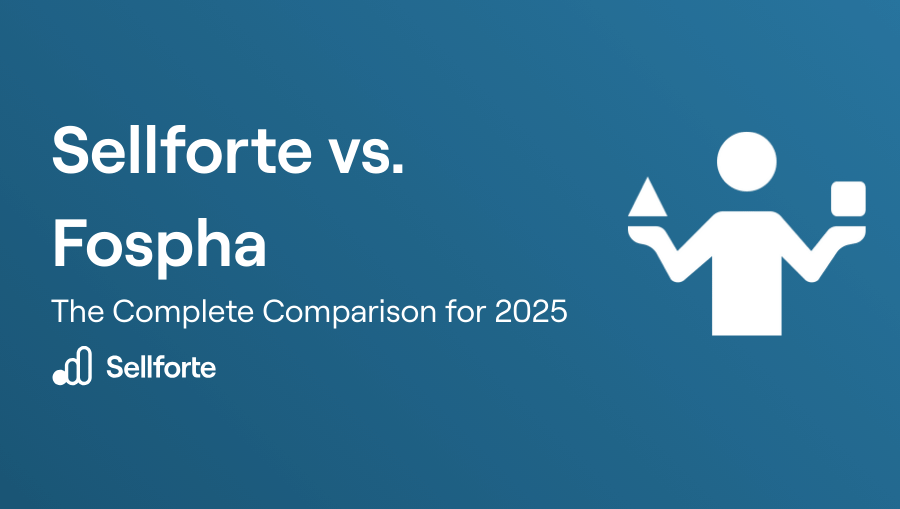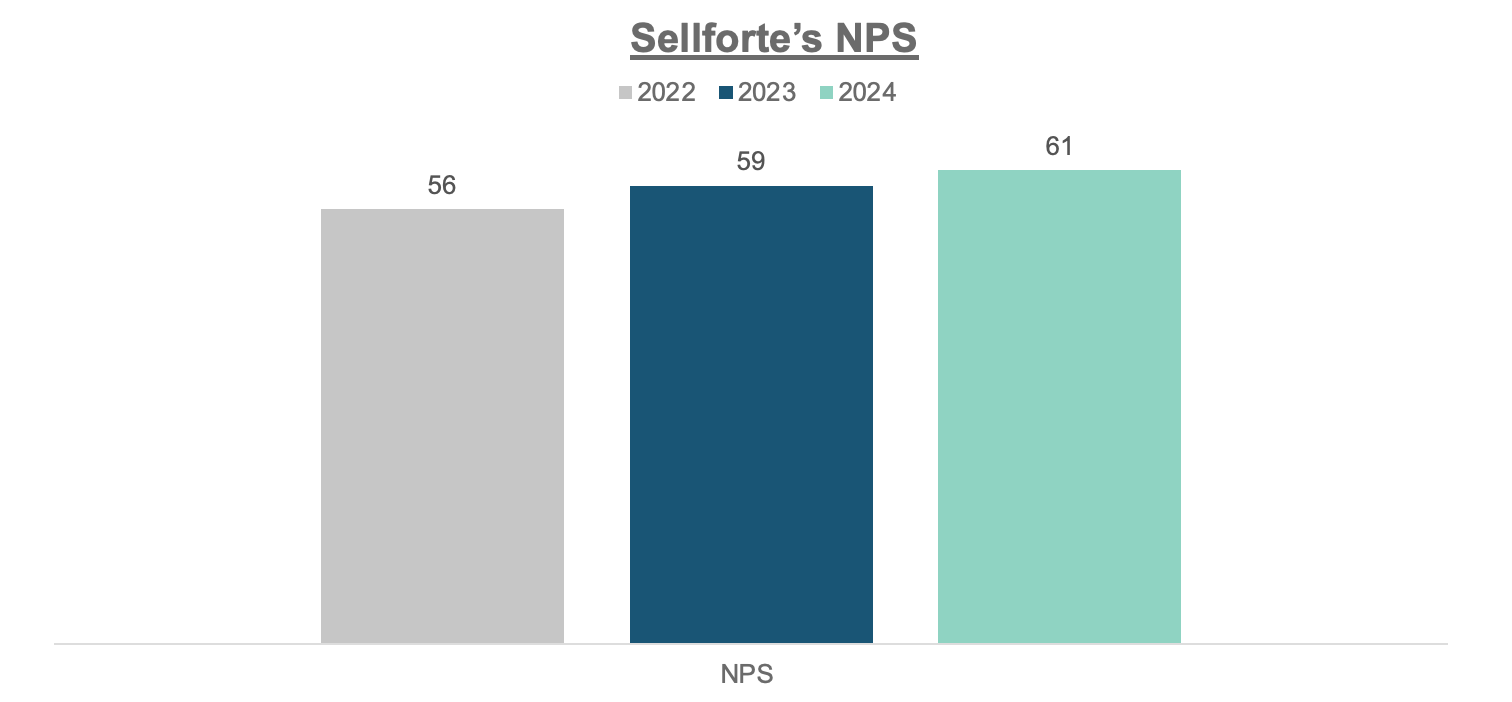From Channels to Ad Sets: Sellforte's Journey to Ad Set level miROAS
This blog post is going to be a little different. I rarely write personal stories about building Sellforte, the different challenges we have faced during our journey, and how we have become the company we are today.
In this blog, I'll share the story how we ended up being the the first in the world to announce campaign and ad set level measurement for Marginal Incremental ROAS (miROAS).
Let's go!

💡What is iROAS and miROAS?
miROAS (Marginal Incremental ROAS) is an optimization metric: It tells you the return that a campaign or ad set delivers if one more dollar is spent on it.
iROAS (Incremental ROAS) is a metric for measuring past performance: It estimates the actual incremental return that a specific channel, campaign, or ad set has generated in a given timeframe.
2019: Basic Channel-level Measurement

My story begins in 2019, when we secured our first SaaS contracts for our Marketing Mix Modeling and Incrementality testing platform with major retailers. At this time, we had spent two years developing our product in proof-of-concept projects.
The first customers used Sellforte for optimizing media spend allocation across the whole mix. This would happen during annual or quarterly planning and we were supporting comparison questions such as "Google vs. Meta" or "TV vs. OOH".
To deliver this use-case, we focused on maximizing channel coverage by including all the possible media channels in the measurement scope. We built the product to support measurement and optimization of offline channels, online channels and all own media.
Maximizing channel coverage enabled us to help customers with their high-level media budget, but it meant that we didn't prioritize having the measurement on a very granular level. Our measurement was sometimes on the Ad Platform level and sometimes there were more details, depending on the data and customer needs.
But all of this was about to change.
💡Summary of Sellforte in 2019
👉 Measurement: iROAS on Channel-level (Basic)
👉 Optimization: miROAS on Channel-level (Basic)
👉 Customer focus: Retail and other large enterprises
👉 New use-cases: Optimize spend allocation across media groups and ad platforms
2022: Advanced Channel-level Measurement

In 2022, we made a major improvement in measurement granularity. This was the time when we expanded our segment focus from omnichannel Retail to eCommerce and direct-to-consumer (DTC) brands.
The new customer segment brought different needs. Suddenly, there were more performance marketers in our user base who had different measurement and optimization use-cases from what we were used to. Performance marketers wanted to optimize spend allocation not only across advertising platforms but also within the ad platforms.
To be able to serve performance marketers, it was essential to have more granularity. As an example, it wasn't helpful anymore to measure iROAS of Meta as a whole. We had to go deeper. Performance marketers needed separate measurement for Meta Prospecting, Meta Retargeting, Meta Awareness, Meta Sales, Meta Remarketing and so on.
To unlock this level of granularity in our media measurement, we started investing in technologies that were deprioritized before.
We adopted a standard media hierarchy, to which we mapped all customers' media data. We developed more advanced data processing pipelines that were able to group similar campaigns together based on campaign name and bidding parameters. We developed model calibration capabilities, which made our models perform better in use-cases requiring more granularity.
In the end, we had achieved advanced channel-level measurement. But this was just a start. To cover all the use-cases that the performance marketers, we had to go to the next level.
💡Summary of Sellforte in 2022
👉 Measurement: iROAS on Channel-level (Advanced)
👉 Optimization: miROAS on Channel-level (Advanced)
👉 Customer focus: Retail, eCommerce, DTC brands
👉 New use-cases: Optimize spend allocation across channels within the ad platforms
2024: Campaign-level iROAS

In 2024, we were ready unlock the next level. We launched a product called “Campaign dashboard”, which estimated Incremental ROAS (iROAS) for each campaign.
This was a game changer for many of our eCommerce and DTC customers, as their performance marketing teams could finally transition their campaign measurement from ROAS reported by Last-Click or Ad Platform to measuring Incremental ROAS. Customer feedback for the new feature was highly positive.
This was not a small feat: We were the first media measurement tool in the market measuring Incremental ROAS on campaign-level.
To unlock campaign-level iROAS, we invented a way to integrate campaign-level performance signals with Marketing Mix Modeling.
Despite the positive feedback, customers told us there were two gaps that prevented them to use Sellforte in optimizing all of their digital spend. Firstly, we were still not granular enough: we didn't provide measurement for ad sets within Meta campaigns, which was needed for optimizing bid values in Meta. Secondly, we weren’t yet technologically ready to provide Marginal Incremental ROAS (miROAS) on campaign-level, which meant that our optimization tool still operated on the channel-level.
The next step from here was the most exciting one to me personally.
💡Summary of Sellforte in 2024
👉 Measurement: iROAS on campaign and channel level
👉 Optimization: miROAS on Channel-level (Advanced)
👉 Customer focus: Retail, eCommerce, DTC brands
👉 New use-cases: Measure effectiveness on campaign level within the ad platforms
2025: iROAS and miROAS on Ad set level

After the summer holidays in 2025, we were ready to announce a historical milestone, which no one in the industry had achieved yet: We started measuring both iROAS and miROAS for each campaign and ad set.
This was a major category-shaping advancement: performance marketers now had access to incrementality-based measurement on the level where bid optimization decisions were made. When optimizing spend, they were now able to use miROAS to identify campaigns and ad sets, that delivered the highest return for the next spent dollar, instead of looking at historical averages.
But this was not all. With the launch of Sellforte Performance, we started providing optimal bid values for each campaign and ad set. This meant that performance marketers could transition from manual spreadsheet-based bid optimization practices to an automated workflow.
💡Summary of Sellforte in 2025
👉 Measurement: iROAS on ad set, campaing and channel level
👉 Optimization: miROAS on ad set, campaing and channel level
👉 Customer focus: Retail, eCommerce, DTC brands
👉 New use-cases: Optimize spend allocation across campaigns and ad sets. Get optimal bid values for each campaign and ad set
Conclusions
The journey from basic channel-level measurement to ad set -level optimization is something I'm personally very proud of. But there's still more to come...
If you'd like to experience what state-of-the-are measurement looks like, Book a Demo.
You May Also Like
These Related Stories
Sellforte Launches Exclusive Free Trial for Supermetrics Users

Fospha vs. Sellforte: Comparison of Marketing Mix Modeling (MMM) Providers

